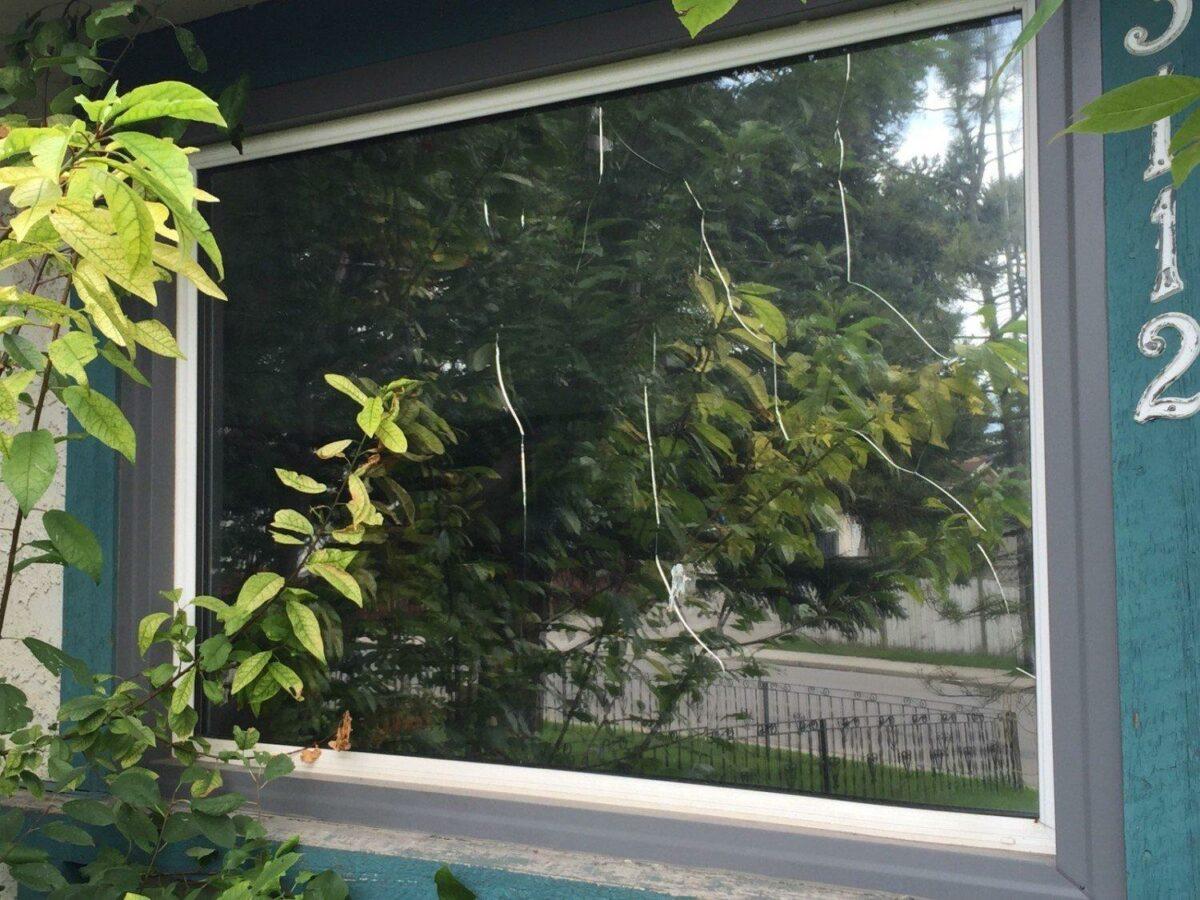Heat loss, or preventing heat loss, is one of the main reasons homeowners look to get replacement windows.
But can heat loss be reduced, or even eliminated without having to splurge on a new window?
As with most situations in the window replacement industry, it depends greatly on the kind of windows you have, the condition of the structure around them, and the budget that you are willing to invest into making improvements.
Windows lose heat in of two, or both ways: through the actual window components, or through the areas where the window is joined to the wall.
Before we dive in further, remember, it is impossible to completely eliminate heat loss from windows. Regardless of the quality of the components and window installation there will still be some heat transferred from the inside of your house to the outside during colder months.
Windows losing heat through components
This is the more common, but less evident form of heat loss. When talking about the quality of window components, what really matters is how the material transfers heat, or its conductivity. Most manufacturers in Canada rely heavily on vinyl windows because they lose heat much slower than their aluminum counterparts.
Similarly, the addition of extra glass panes in modern windows came as a result of a need to decrease heat loss through the window. One of the best ways to improve conductivity between a hot area and a cold one is by creating an air chamber between low-conductivity materials. Triple-pane windows do exactly that.
Heat loss in operable windows
Another way windows lose heat through components is when the parts of a window aren’t working together seamlessly to create an airtight unit. This is a problem that is specific to operable windows. Over time, moving components can become misaligned and allow drafts in. Similarly weatherstripping can become worn and not to be a sufficient barrier to warm air escaping your home.
Heat loss through the window frame
Because windows have to be secured to your house in order to make them efficient, the areas where they join the wall can often become a place where the heat loss occurs. This is often manifested in the form of drafts or leaks. A good thing about recognizing this type of heat loss is that it is often visible in the form of missing caulking or rotten wood, and you can actually feel the drafts around the frame of your window. In this case, it is often possible to remedy the installation and improve the performance of your windows without actually replacing the unit.
How to reduce heat loss from your windows
A big part of reducing heat loss and pricing for that is understanding what exactly is causing the heat loss. Whether it’s malfunctioning or old components, bad installation, or simply misadjusted windows, the solutions are very different and, therefore, have different prices.
In essence improving your window’s conductivity comes down to two types of additions: ones that go right onto the window, and ones that go over your existing windows.
One of the more commonly advertised remedies for heat loss in windows is the use of films. Films can often be purchased at a local hardware store and applied by the homeowner. There are also companies that do this kind of work. At its basis, the film creates a “reflective” surface on the inner pane of your window, deflecting some of the infrared radiation back into your home. The disadvantage of films is often directly related to their price: they are a cheaper alternative that often doesn’t last very long. Read more about window films in this article.

Another popular way to reduce heat loss, and most people don’t realize they may already be doing it, is by putting something over the window in order to slow down the rate at which the temperature transfers. We say people don’t realize that they’re doing it because one way to slow down heat loss is by putting drapes, blinds, or shutters over your window. This goes back to the concept of multi-pane windows we discussed above. A fitted drape or curtain creates a barrier and a chamber of air between the window and the material, thus improving its performance.
But of course, this isn’t an ideal solution for extremely old or worn-out windows. That is why a lot of homeowners in Canada rely on plastic wrap or window covers to improve the performance of their existing windows. While plastic wrapping can improve the performance of the actual window components, it doesn’t properly address issues in the structure surrounding the window.
In short, the solution to decreasing heat loss in your depends greatly on the state of your existing windows, what is causing them to lose heat, and how much you are willing to spend to remedy the situation. While having a full-frame replacement done is obviously the best and most thorough solution, it is also a more expensive one. You can often extend the life of your windows, and improve their performance with installation maintenance, or smaller fixes.
Check out these great window replacement articles:
How To Compare Replacement Windows
Find Out The Cost of Replacement Windows
One Thing You MUST Know Before Scheduling A Window Replacement Quote

